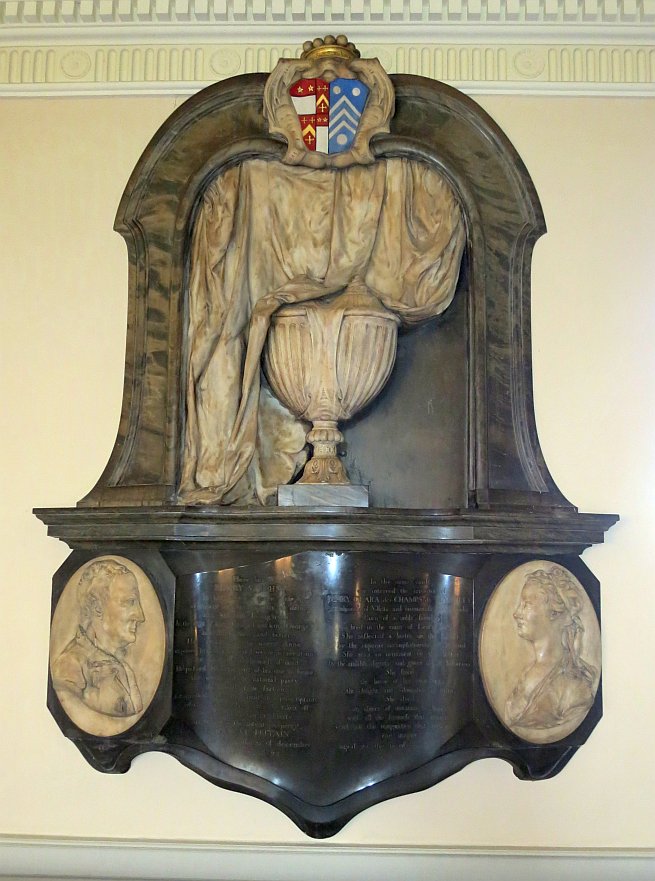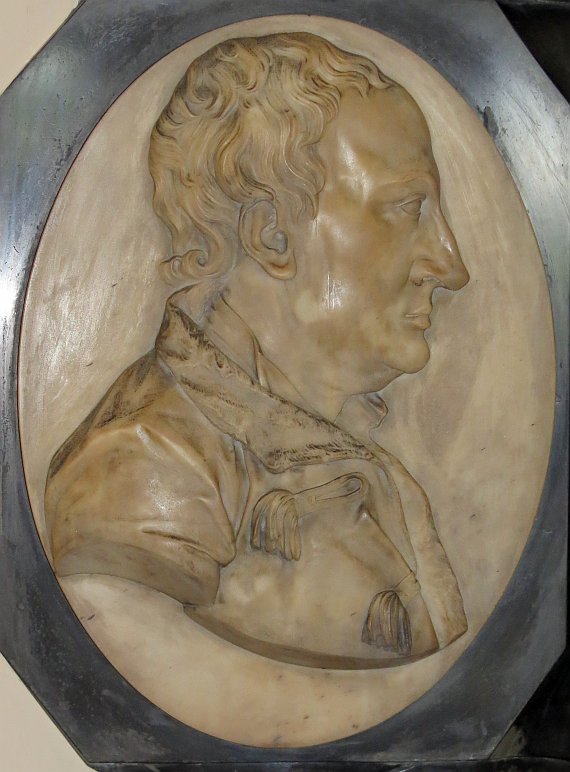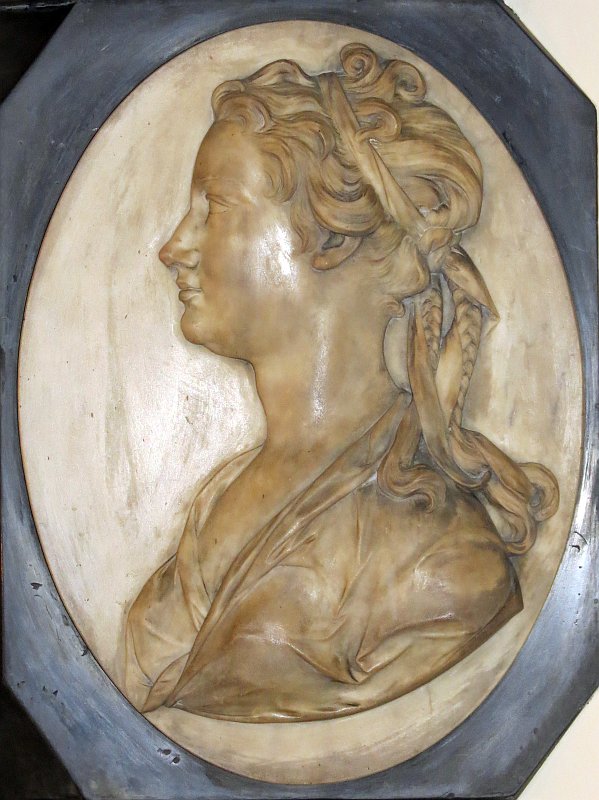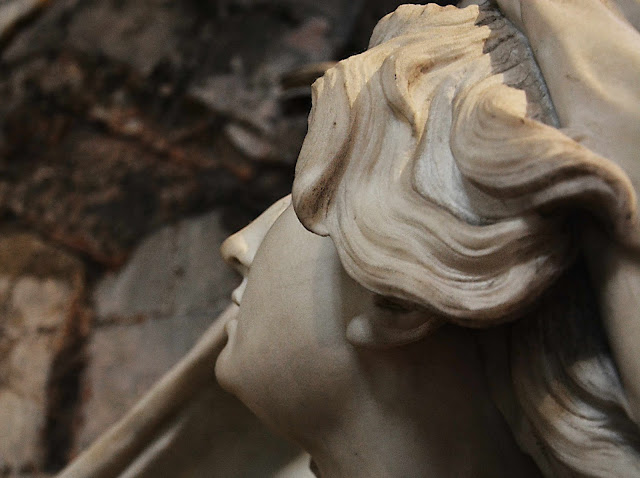John Vanderstein (Van Der Stein, Vanderstaine)
fl. 1678 -1700.
at Queen's College, Oxford.
and other works.
Part 1.
Some rough notes - the quoted sources here need to be checked :-
______________________
______________________
I am very much indebted to Dr Graeme Salmon, Curator of Pictures at Queen's College, Oxford for making me welcome at Queens and for making this work possible.
This blog entry is part of a much larger work investigating and recording the 17th and 18th Century portrait sculpture at Oxford. This project was suggested to me by Dana Josephson of the Bodleian Library, Oxford who is currently in the process of cataloguing the portraits at the Bodleian and to whom I extend my heart felt thanks.
____________
A brief biography of John Vanderstein.
In the Account Books at Queen’s College Oxford he signs his name as Joannes Vander Stein.
1678 - ‘For drawing and making of several designs, models and figures in clay for ye pedestall under His Majesty’s statue and for carving ye stone eagles that the brasse dyall is set upon’ National Archives - A01/2478/271
In the Account Books at Queen’s College Oxford he signs his name as Joannes Vander Stein.
On 16 November 1678 a licence was granted for John Vanderstaine to be employed in the Kings service at Windsor Castle under the architect Hugh May.
1678 - ‘For drawing and making of several designs, models and figures in clay for ye pedestall under His Majesty’s statue and for carving ye stone eagles that the brasse dyall is set upon’ National Archives - A01/2478/271
On 21 May 1679 The Privy Council granted him a further permit allowing him to "remaine here wth out molestation together with John Oastes (John van Nost I) and Arnold Luellan (Arnold Quellin)" and"to go freely about the cities of London and Westminster, until further orders (The National Archives Domestic Entry Book, Car II, Vol LI, SP44/51 fol 77-79).
Three days later Hugh May (1621 - 1684) certified that Vanderstein was one of the men employed at Windsor Castle (National Archives, Privey Council Register, PC, 2/68), where he worked on the elaborate royal throne, cutting
slaves, a figure of Justice and two of Fame, as well as ‘three pieces of
Trophies’ (Windsor Castle an Architectural History, John Hope, Country Life 1913, 318) (3).
A Payment of £191 10s for above works - Biog Dict Sculptors 2009 - ref. Hope and Gunnis. (check these refs! to what and whom do they refer?)
http://liberty.henry-moore.org/henrymoore/works/recordlist.php?-action=find&-sortfieldone=List+Number&-sortorderone=ascend&sculptor_id=2786
The permit of 24 May 1679 refers to the services of the mural painter Antonio Verrio, as well as noting Vanderstaine, Laurens Vandermuelen, Anthony Verhuke and Arnold Quellin - the last three described as 'servants to Grinling Gibbons, the Carver'
He also provided a pedestal for the King’s statue and sundry
other work at Windsor (4).
Does this refer to the base of the equestrian statue of Charles II?
Does this refer to the base of the equestrian statue of Charles II?
In 1684 - 5 he was in Oxford. ‘Mr Vanderstene Carver’ was paid
£26 10s for unidentified work at the Physick Garden, and in the following year he
was paid a further £7 12s for ‘cutting the Earl of Danby’s Statue, and for
other Worke at the Physick Garden’ (Oxford, V-C’s Accts, Archive WP /21/5
unfol) see Gibson.
In c. 1693 he received £8 for models of classical philosophers and in 1694 a payment for ‘fretwork in the New Library’at Queen's College, Oxford .Gunnis
In 1696 he was
also paid for carving the eight statues on the west front of the building, and
for ‘two eagles and eight key-stones’. Gunnis.
Literary References:
Windsor Castle an architectural History, John Hope, Country Life Magazine, 1913.
Grinling Gibbons his work as a Carver, David Green, 1964 (1), 54, 82-3, 84;
_____________________
Dictionary of British Sculptors, Rupert Gunnis, 1968, 407;
1696 - Two Eagles and Eight Keystones, quoting Queen’s Coll, Oxford archives (entry untraced).
____________
Sculpture in Britain, Margaret Whinney 1988, 443 n 34, 445 n 67;
The Works of Grinling Gibbons, Geoffrey Beard. 1989 (2), 51-2, 58.
_______________
Katherine Gibson 1997 "Best Beloved of Kings", The Iconography of King Charles II,: Oxford Physic Garden; - Oxford, V - C’s Accts; King
Charles I, King Charles II, Earl of Danby. £26 10s.
Notes above adapted from A Biographical Dictionary of Sculptors in Britain... Yale 2009.
______________________________________________________
Hugh May (1621 - 84).
Hugh May
Samuel Cooper
Royal Collection
for a very good potted biography see - https://en.wikipedia.org/wiki/Hugh_May
____________________________
Hugh May (1621 - 84).
Hugh May
Samuel Cooper
Royal Collection
The most important person mentioned above is the architect Hugh May. It my suspicion that May was pivotal in the arrival of the various Dutch sculptors who worked with Grinling Gibbons (1648 - 1721) including Arnold Quellin (1653 - 86) and John van Nost I.
Hugh May was the seventh son of John May of Rawmere, in Mid
Lavant, West Sussex, by his wife, Elizabeth Hill, and was baptised on 2 October
1621. He was a first cousin of Baptist May, Charles II's Keeper of the Privy
Purse.
As a member of a Royalist family, Hugh May spent the years of Oliver
Cromwell's Commonwealth in the service of the Duke of Buckingham. May arranged
the transport of artworks from the Duke's York House to Holland, where the Duke
was in exile. where he was exposed to the new classical style of architecture exemplified by the works of Jacob
van Campen and Pieter Post.
May was a friend of the painter Peter Lely, and
in 1656 the two of them travelled to Charles II's court in exile. Besides
Lely, May's circle included Samuel Pepys, who called May a "very ingenious
man", Roger North and John Evelyn, whom May assisted in translating
Roland Fréart's Parallel of Architecture.
At the Restoration of Charles II in 1660 (he was crowned on 23 April 1661), May was rewarded for his
loyalty by being appointed Paymaster of the King's Works on 29 June 1660. His architectural commissions came from Court acquaintances, and his first
completed work was Eltham Lodge, Kent (1663–1664), for Sir John Shaw, 1st
Baronet. Built in brick, with a stone pediment and Ionic pilasters, the
double-pile house reflected Dutch influence.
Cornbury House, Oxfordshire
(1663–1668), was built in a similar style, but with a Corinthian pediment, for
Edward Hyde, 1st Earl of Clarendon. May's most prominent house was Berkeley
House, on Piccadilly, London (1664–1666, demolished 1733), for Lord
Berkeley. It was again in the same style, but with the addition of quadrant
colonnades, a feature derived from Palladio, and which was again much imitated.
At Cassiobury, Hertfordshire (1674, demolished 1922), May added wings to the home
of the Earl of Essex, and redesigned some of the interiors, giving the
woodcarver Grinling Gibbons his first major commission.
It is possible that May
was the architect of the first Burlington House, for Sir John Denham, and he
certainly advised the Earl of Burlington after he purchased the house in 1667.
He was also involved in construction or alterations at Chilton Lodge, Berkshire
(1666, rebuilt), Holme Lacy, Herefordshire (1673–1674), and Moor Park,
Hertfordshire (1679–1684, rebuilt).
In June 1668, May was promoted to Comptroller of the King's
Works, and was also appointed Clerk to the Recognizances, an office of the
Court of Common Pleas.
In November 1673, he was further appointed
Comptroller of the Works at Windsor Castle, where, from 1675, he remodelled the
upper ward, adding to the apartments of Queen Catherine of Braganza, and built
St George's Hall and the Royal Chapel.
Working with Grinling Gibbons, and the
painter Antonio Verrio, May created a series of baroque interiors, the grandest
of which, St George's Hall, served as a model for Wren's Great Hall at
Greenwich Palace. The hall was demolished in 1826
for a very good potted biography see - https://en.wikipedia.org/wiki/Hugh_May
____________________________
For the first look at the works of Vanderstein and the interior plasterwork at Queen's College Library, Oxford see the excellent work by Veronika Vernier of Queens College Oxford the Article in :-
Insight: Queen's College Library Journal, Issue 3. Michaelmas Term, 2013.
The Plaster Ceiling and its Masters at The Queen’s College Library (1692-1756), by Veronika Vernier available on line at -
https://www.queens.ox.ac.uk/sites/www.queens.ox.ac.uk/files/Insight2013.pdf
______________________
The statues in the niches on the west front of the library of Queens College, Oxford:
From North to South.
Queen
Henrietta Maria (1609 - 69) Queen consort of Charles I. She requested the King to grant advowsons to Fellows of Queen's - allowing them to take up a position in a parish church and also to marry!
Sir Joseph Williamson, (1633 - 1701), Fellow of Queen's College. Founder of the Royal Society.
Bishop Thomas Barlow, (1601 - 1691). Fellow of Queen's College, Bishop of Lincoln.
Archbishop Thomas Lamplugh, (1615 - 91). Fellow of Queen's College, Archbishop of York.
Robert Eglesfield, (c 1295 - 1349). Founder of Queen's College in 1341.
Edward III, (1312 - 77).
Queen Philippa.(1314 - 69). Queen Consort of Edward III.
Charles I;
The
cartouche on the frieze on the East Front bears the arms of Thomas Smith, Bishop of Carlisle,
1684–1702, and the tympanum has a group representing Queen Philippa with
attendant amorini.
Queen's College.
Mid 17th Century.
Prior to the rebuilding.
Image courtesy Welcome Collection.
The West front of Queens College Library
Michael Burghers
Engraving
134 x 434 mm.
134 x 434 mm.
Image: British Museum
______________________
Oxford Almanac
1727
Bird's Eye view of Queen's College Oxford from the South
George Vertue
Engraving.
Image: British Museum
________________________
From Oxford Almanac 1762
346 x 448 mm.
British Museum
Queen's College, with the cupola and main building in the
background in the centre, with the founder John Michael of Richmond standing
alone to right gesturing to a plan which he holds in left hand, and Sir Joseph
Williamson pointing out something on a plan held by Dr Lancaster with
Bishop
Barlow and the provost Dr Halton, holding an elevation of the library, beside them, in left
foreground next to an archway and pillar draped in an embroidered cloth.
___________________________
________________________________
Photograph by the author.
______________________
The East Front of the Library at Queen's College, Oxford.
Engraving 372 x 529 mm.
___________________
______________________
The East Front of the Library at Queen's College, Oxford.
Michael Burghers (1653-1727).
Burghers was born in Amsterdam, he emigrated to England soon after 1672. He worked in Oxford,
initially as Loggan's assistant from 1673, and was appointed University
engraver after Loggan's death in 1692.
Engraving 372 x 529 mm.
___________________
West side of South Court Queens College.
Note statue on the left on the High Street front.
Image courtesy the fantastic Sanders of Oxford.
https://www.sandersofoxford.com/shop/product/the-west-side-of-the-south-court-are%C5%93-aust-latus-occidentale/
_______________________
__________________________
William Lancaster
Provost of Queens College Oxford
After Thomas Murray
Engraving by George Vertue
37 x 25.5 cms.
1718.
National Portrait Gallery.
_____________________________________
The Library at Queens College between 1850 and 1880.
Photograph from -
https://www.lassco.co.uk/one-of-a-series-of-english-oak-library-bookcases
For the Library refurbishment see -
https://www.queens.ox.ac.uk/sites/www.queens.ox.ac.uk/files/Insight2014compressed.pdf
____________________




























































